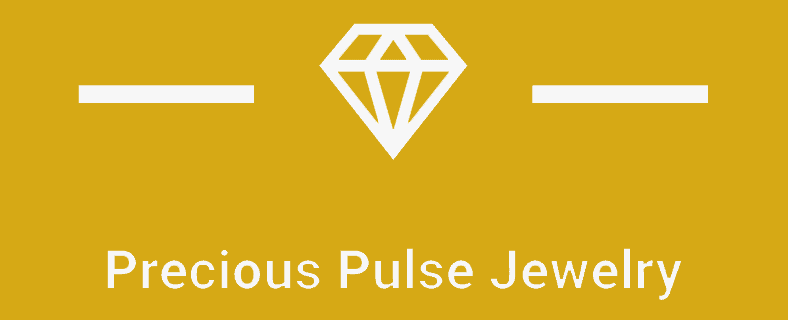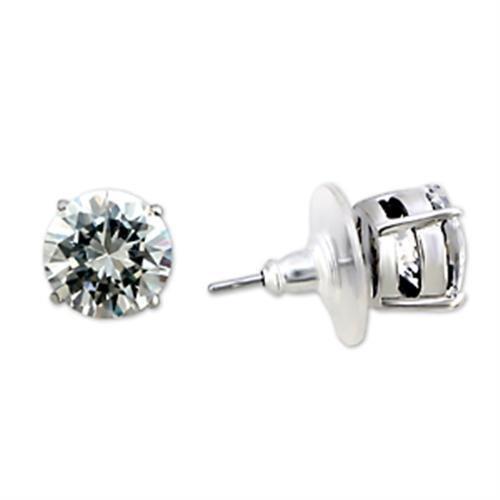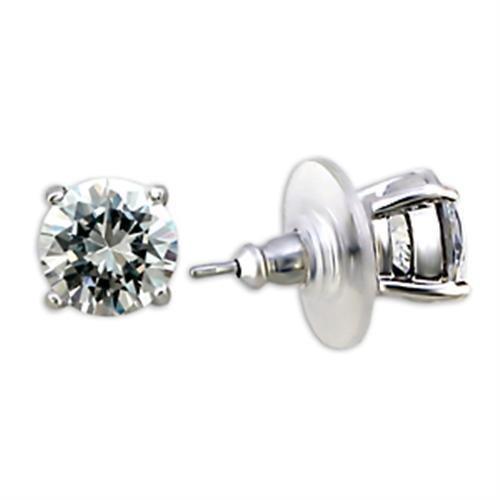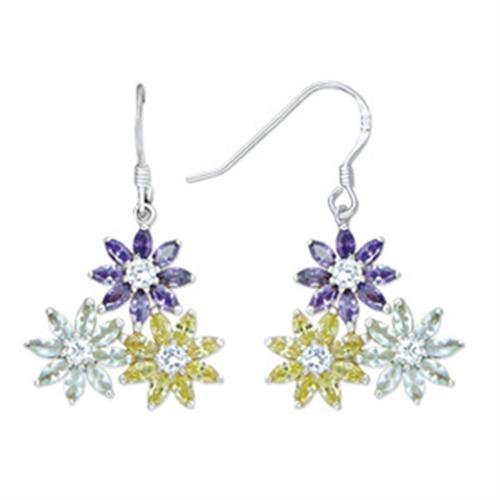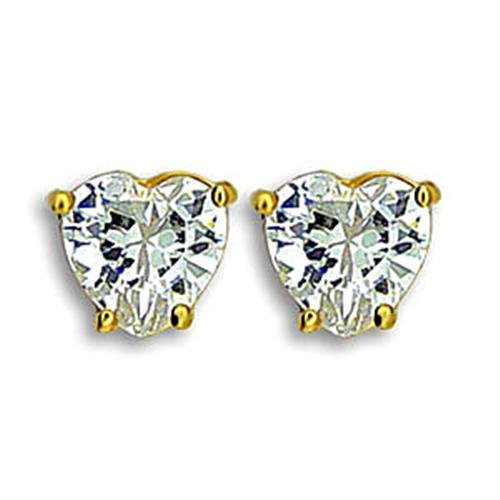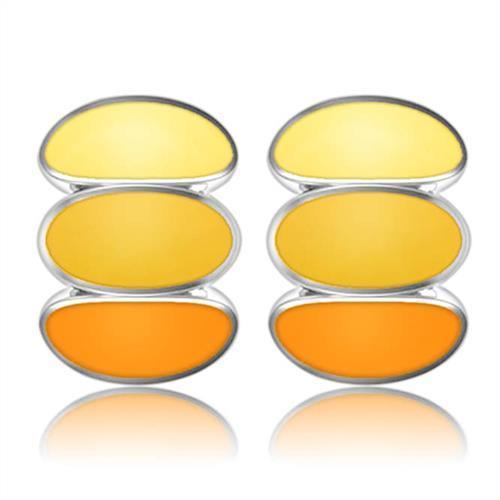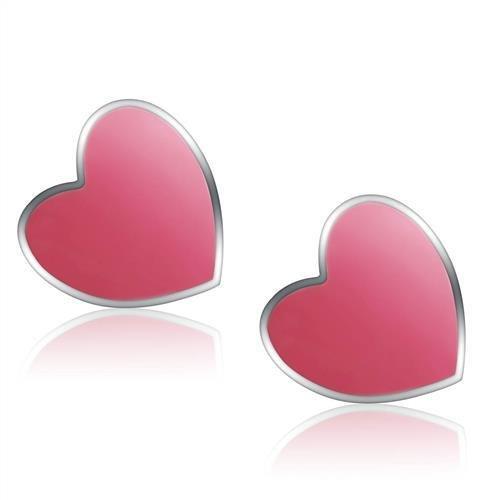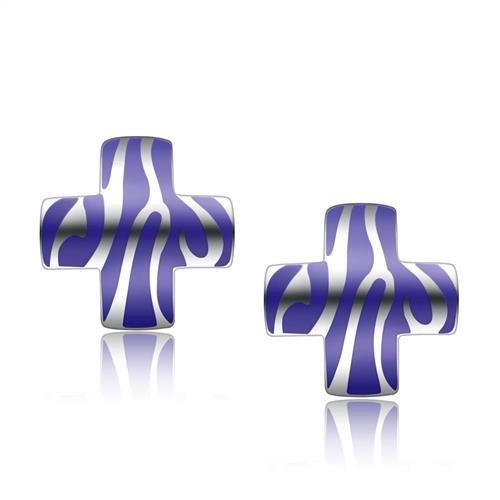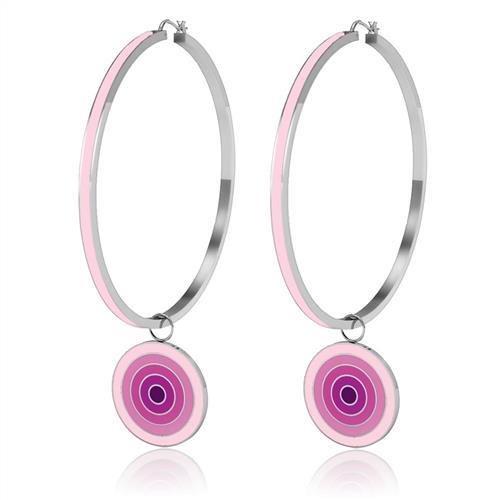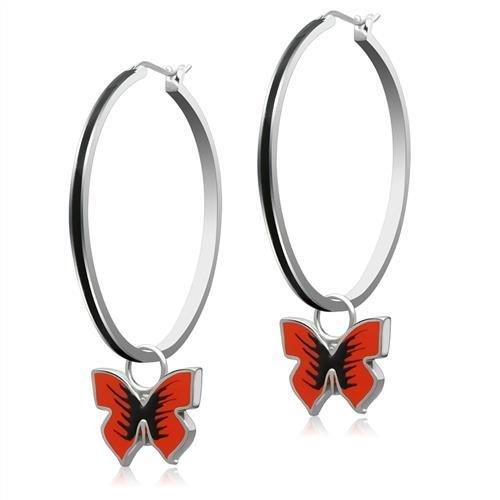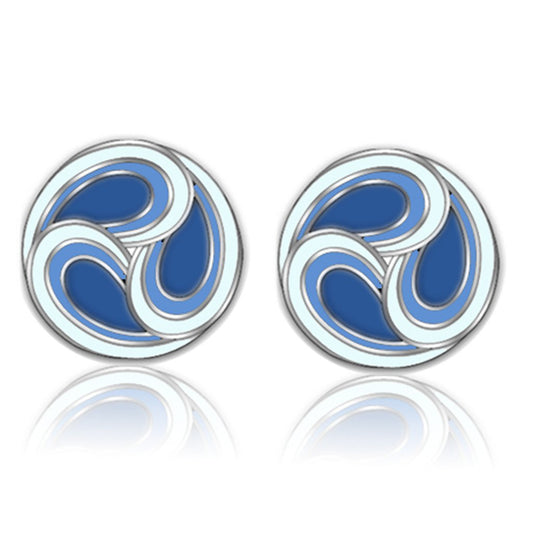A pavé setting isn't just about adding more diamonds to a ring—it's an art form. Imagine a surface so densely covered with tiny, sparkling gems that the metal beneath it practically disappears. That's the magic of pavé. The name comes from the French word for "paved," which perfectly captures the look: a continuous, shimmering road of diamonds.
To achieve this, jewelers use tiny metal beads or prongs to hold each individual stone in place. The goal is to minimize the visible metal, creating an illusion of a band made entirely of light. This guide will walk you through what a pavé setting is, its different styles, and the practical advice you need to choose and care for one.
Understanding the Brilliance of Pavé Settings
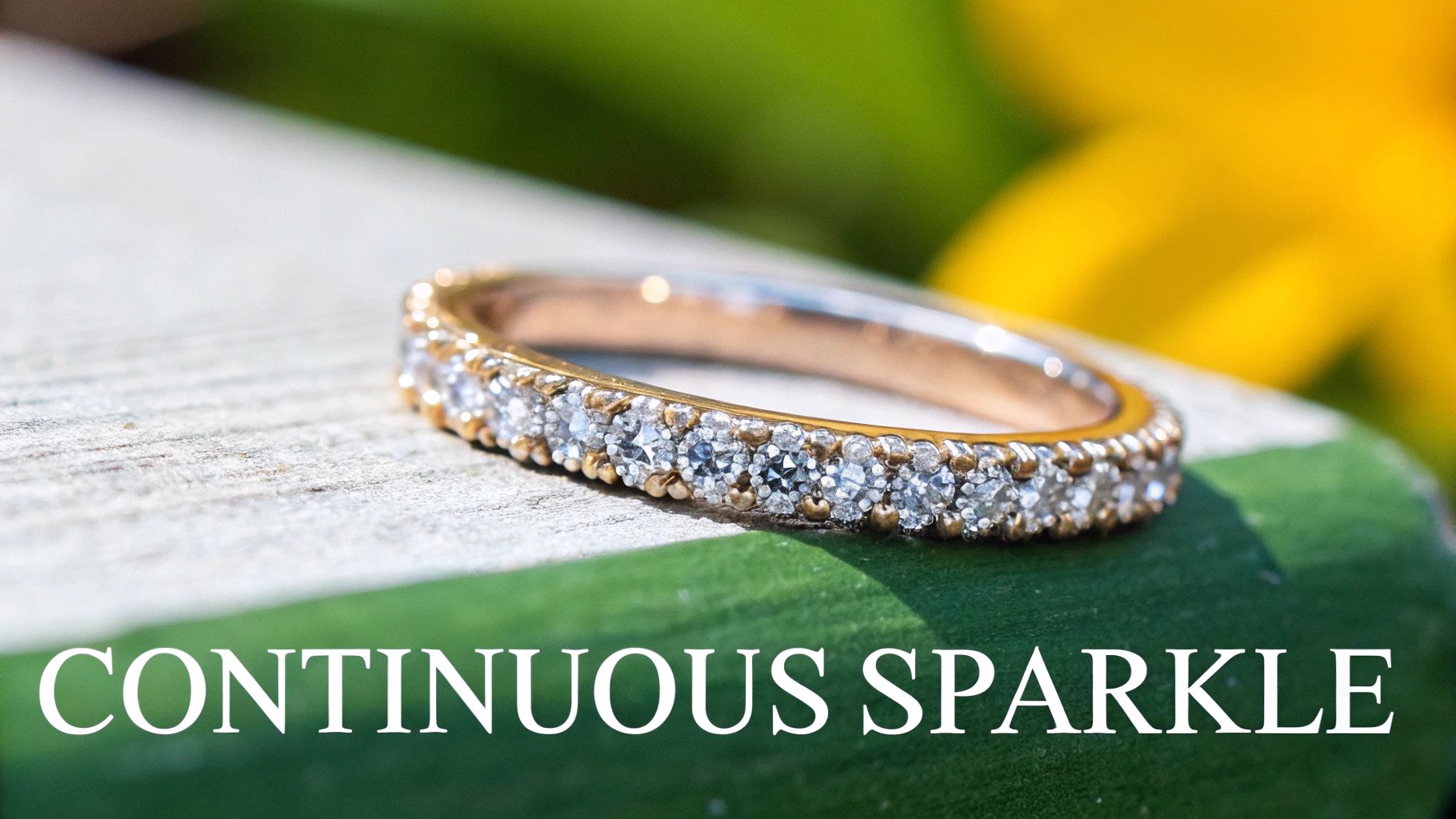
The real genius behind a pavé setting is its ability to create a "river of light." By lining a ring’s band with dozens of tiny, brilliant-cut diamonds, the entire piece sparkles from every possible angle. It's a technique designed to make the metal framework fade into the background, leaving nothing but uninterrupted brilliance.
This effect does wonders for a center stone, too. All that surrounding sparkle draws the eye and makes even a modest diamond appear larger and more magnificent. It's a popular choice for engagement rings and wedding bands for exactly that reason. Of course, pulling this off requires incredible precision—the small stones must be perfectly matched in size and quality to create that seamless, uniform shimmer. You can explore how different diamond cuts contribute to this effect in our detailed guide.
A Timeless Technique with Modern Appeal
The pavé setting is far from a new trend; it's a classic technique with roots stretching back to the 18th century. Its name, as we mentioned, is a nod to the cobblestone streets of France, describing how the gems are laid side-by-side.
This style saw a huge resurgence during the Art Deco period of the 1920s and 1930s, when detailed, geometric designs were all the rage. Today, it remains a go-to for adding a touch of luxury and sophistication to any ring.
The core purpose of a pavé setting is to create a surface of uninterrupted sparkle. By minimizing the appearance of the metal prongs holding the stones, the design achieves a brilliant, diamond-encrusted finish that feels both luxurious and delicate.
Pavé Setting at a Glance
For a quick overview, here's a look at the defining features of a classic pavé ring setting. This table breaks down what makes this style so unique and beloved.
| Characteristic | Description |
|---|---|
| Visual Effect | Creates a continuous surface of sparkle with minimal visible metal. |
| Stone Security | Small metal beads or prongs secure each individual stone. |
| Center Stone | Enhances the perceived size and brilliance of the main diamond. |
| Versatility | Complements various diamond shapes and ring styles, from vintage to modern. |
Ultimately, a pavé setting offers a powerful combination of delicate detail and show-stopping brilliance, making it a favorite for those who want their ring to truly shine.
The Art and Craftsmanship Behind a Pavé Ring
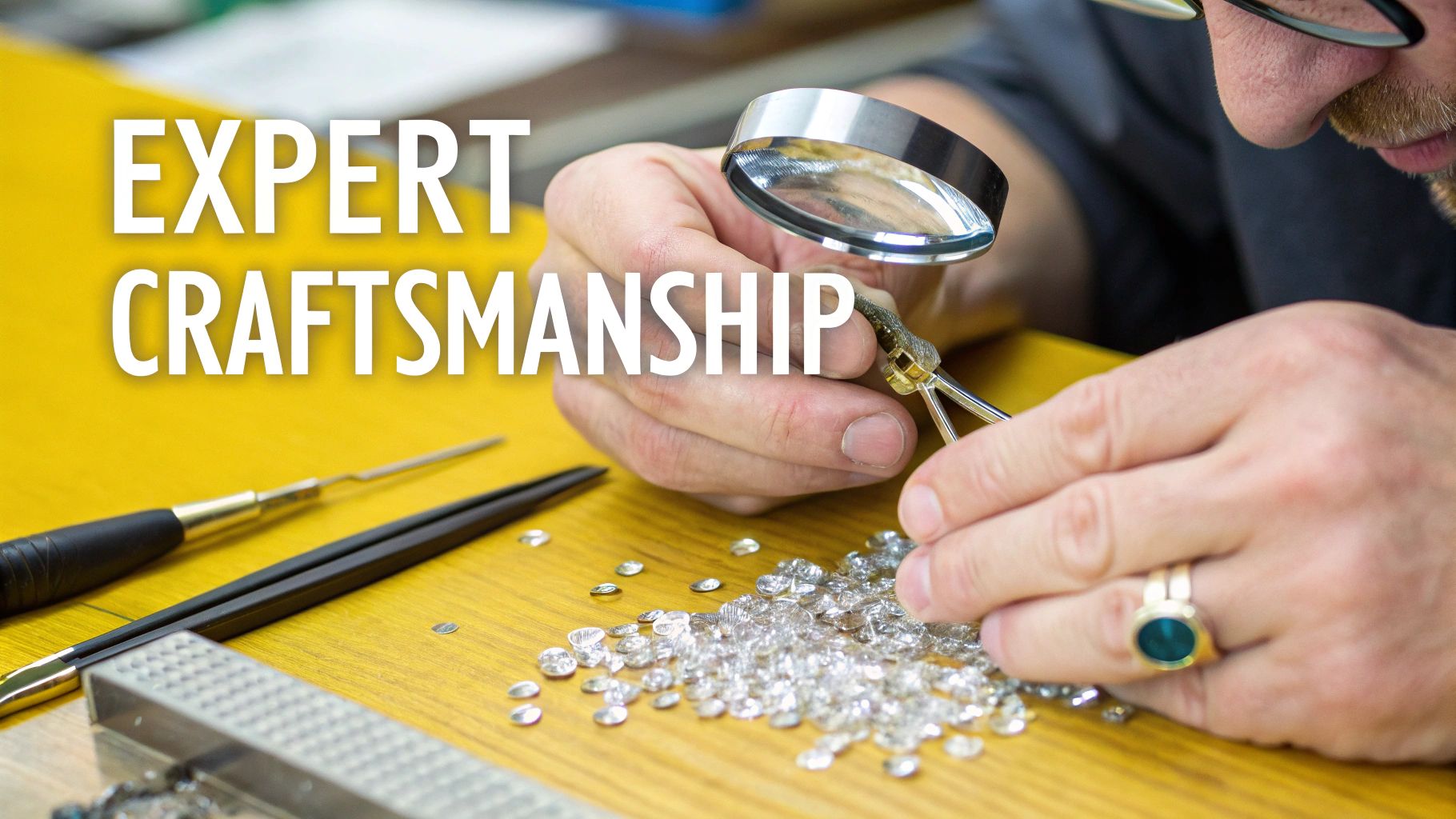
Creating a true pavé ring is less like manufacturing and more like painting with diamonds. It's a delicate, hands-on process that demands exceptional skill, endless patience, and an artist’s eye. This is what elevates a simple band into a breathtaking river of light, transforming it into a piece that feels both luxurious and alive.
When you understand the journey behind the sparkle, you appreciate not just the beauty but the inherent value of a pavé ring. It’s a testament to the jeweler’s expertise, where every tiny movement contributes to that seamless, brilliant finish.
The Jeweler's Precise Journey
The magic begins long before a single stone is placed. First, the jeweler acts as a matchmaker, meticulously sorting through dozens of tiny diamonds, known as melee. Each one must be perfectly matched in color, clarity, and cut to create a uniform, uninterrupted surface of brilliance.
With the diamonds chosen, the real artistry begins. The process is a careful sequence of highly skilled steps:
- Drilling the Foundation: Tiny holes, or "seats," are drilled directly into the metal band. Their placement has to be exact to create the dense, honeycomb-like pattern that defines the pavé look.
- Setting Each Stone: One by one, each diamond is carefully nestled into its seat. The jeweler uses specialized tools to ensure every stone sits perfectly level and secure.
- Raising the Beads: This is the most critical step. Using a fine engraving tool, the jeweler carefully lifts minuscule beads of metal from the surrounding band. These tiny beads are then shaped to act as prongs, securely cradling each diamond.
This meticulous work is why the term "pavé" is sometimes used incorrectly. While it can be generically applied to any ring with small stones, a true pavé setting is defined by both the stone density and the masterful craftsmanship needed to pull it off. It involves individually setting each gem and raising metal beads to hold them—a process that ensures both beauty and security. You can discover more insights about this technique and how it differs from other settings on MarkSchneiderDesign.com.
Why Craftsmanship Defines Value
The labor-intensive nature of this setting is a huge factor in its cost. You aren't just investing in diamonds and precious metal; you're investing in the hours of highly specialized skill required to bring the piece to life.
The hallmark of a masterfully crafted pavé ring is its texture. When you run your finger over the surface, it should feel surprisingly smooth, like a continuous, sparkling fabric rather than a collection of individual stones and metal prongs.
This seamless finish is the ultimate goal of the pavé artist. It’s what makes our pavé rings at Precious Pulse Jewelry feel so premium and comfortable for everyday wear. The precision ensures maximum light return and minimal risk of snagging, blending timeless beauty with practical design.
Exploring Different Types of Pavé Settings
Once you start looking into pavé settings, you'll quickly discover it’s not a one-size-fits-all world. The art of pavé is surprisingly nuanced, with a few distinct styles that each create a completely different feel. Knowing the difference is your key to choosing a ring that perfectly captures your personal style, whether you love something ultra-delicate or boldly brilliant.
Think of these types as variations on a theme. They all share the same goal—to create a seamless surface of sparkle—but they get there using slightly different techniques for setting the diamonds and shaping the metal. Let’s dive into what makes each one unique.
Micro Pavé The Art of Intricacy
Just as its name implies, micro-pavé is the most delicate and detailed version you can find. This technique is all about precision, using incredibly small diamonds—often under 0.01 carats each—set extremely close together under a microscope. The whole point is to make the metal prongs holding the stones virtually disappear, leaving behind what looks like a flawless, shimmering fabric of diamond light.
This style is an absolute dream for anyone who appreciates fine, intricate work and wants a sophisticated, almost ethereal glow.
- Visual Appeal: Creates a stunning, uniform shimmer that looks like the ring was dipped in diamond dust.
- Best For: Adding breathtaking detail to halo settings or creating intricate patterns on the band. Our collection at Precious Pulse Jewelry often features micro-pavé to craft delicate, eye-catching halos.
The tiny beads holding the stones are so minuscule that the ring’s surface feels remarkably smooth, blending high-impact sparkle with a surprisingly comfortable feel.
Petite Pavé A Classic and Timeless Look
Petite pavé is a close cousin to micro-pavé but uses slightly larger diamonds. The real difference here is the use of smaller, less prominent prongs compared to a traditional pavé setting. This subtle shift allows more of each diamond’s surface to show through, resulting in a classic, diamond-forward look that never goes out of style.
It's a go-to for engagement ring bands because it delivers that coveted sparkle without stealing the show from the center stone. It strikes that perfect balance between delicate and dazzling, making it a truly versatile choice. You can learn more about how different settings impact a ring's overall design by exploring various engagement ring setting types.
U-Cut Pavé Maximum Light and Sparkle
The U-cut pavé, sometimes called a scalloped setting, is all about its unique side profile. When you look at the ring from the side, you’ll see distinctive U-shaped or crescent-shaped grooves carved into the metal where each diamond sits. This clever design exposes the sides of the diamonds, allowing light to pour in from almost every angle.
And more light means one thing: more fire and brilliance. This makes the diamonds pop with an exceptional vibrancy.
U-cut pavé is engineered for maximum sparkle. By minimizing the metal on the sides of the stones, it creates a dazzling visual effect that makes the entire band come alive with light.
This setting is ideal for someone who wants to squeeze every last drop of brilliance from their ring's accent stones. When you’re thinking about a pavé setting, it's also smart to consider how it will sit next to your other rings. The style you pick can complement or contrast with different styles of wedding bands to create a beautifully cohesive set.
How Pavé Compares to Other Popular Ring Settings
Picking the perfect ring setting often feels like a balancing act. You're weighing brilliance against security, and timeless style against your personal taste. While a pavé setting delivers an incredible, unbroken surface of sparkle, it’s worth seeing how it measures up against other go-to styles like prong, channel, and bezel.
Each setting has its own unique superpower, whether it’s making a single diamond pop or providing fortress-like protection. Let’s break them down.
Pavé vs Prong Setting
The prong setting is what most people picture when they think of a classic solitaire engagement ring. It uses tiny metal claws to lift a single center stone high above the band, almost like placing it on a pedestal. This maximizes light entry from all angles, creating a spectacular, focused brilliance.
- Sparkle: A prong setting is all about showcasing one magnificent gem, while pavé creates a collective shimmer from many smaller stones working together.
- Security: Prongs offer excellent security for a large center stone. The tiny beads holding pavé diamonds, however, are inherently more delicate and can be vulnerable to hard impacts.
A prong setting is timeless and elegant, designed to put a single diamond in the spotlight. It's a completely different philosophy of sparkle compared to the all-over glitter of a pavé band.
The infographic below shows a few variations of pavé, highlighting the subtle design choices that give each style its unique look.

As you can see, tiny adjustments—like in Micro-Pavé or the U-Cut Pavé—can dramatically change how much light hits the diamonds, and from which angles.
Pavé vs Channel Setting
If you love the idea of a diamond-lined band but need something a bit more rugged, the channel setting is a fantastic choice. Here, diamonds are set side-by-side into a groove, or "channel," carved into the ring's band. The metal walls on either side hold the stones securely in place.
While a channel setting offers superior protection and a snag-free finish, those metal walls do block some light from the sides. The result is a more subtle, linear stream of sparkle compared to the explosive, all-encompassing brilliance of pavé.
This makes channel-set rings an ideal match for anyone with an active lifestyle. You get the beauty of a diamond band with some extra peace of mind.
Pavé vs Bezel Setting
When it comes to pure, uncompromised stone security, nothing beats a bezel setting. This style wraps a thin, custom-fit metal rim all the way around the diamond's edge, holding it snugly in place. It's the ultimate defense against bumps, snags, and chips.
The trade-off for all that protection? Sparkle. Because the metal covers the stone's perimeter, it significantly limits how much light can get in, which naturally mutes its brilliance.
Pavé is the polar opposite, sacrificing some durability to expose as much of each diamond as possible for maximum fire. The choice between them really boils down to what you value more: unparalleled protection or show-stopping brilliance.
Pavé vs Other Settings A Head to Head Comparison
To make the choice even clearer, let's put these popular settings side-by-side to see how their core features stack up.
| Setting Style | Sparkle Level | Stone Security | Maintenance Needs | Best For |
|---|---|---|---|---|
| Pavé | Very High | Moderate | High | Creating a seamless, diamond-encrusted surface. |
| Prong | High | Good | Moderate | Showcasing a single, brilliant center stone. |
| Channel | Moderate | Very High | Low | Active lifestyles needing a durable, snag-free design. |
| Bezel | Low | Excellent | Very Low | Maximum protection and a modern, sleek look. |
Ultimately, each setting is designed with a different priority in mind. By understanding these trade-offs, you can confidently choose the ring that not only looks stunning but also fits perfectly with your daily life.
The Real Pros and Cons of Choosing a Pavé Ring
A pavé ring delivers a visual punch like no other. We're talking about a surface of pure, uninterrupted sparkle that’s almost impossible to look away from. It's an absolutely stunning choice, but like any intricate design, it comes with its own unique set of rules and realities.
Getting to know both the dazzling advantages and the practical side of things is the key to deciding if this brilliant setting is the right fit for your life.
The Brilliant Advantages: Why We Love Pavé
Let's start with the undeniable pros, because they are truly spectacular. The biggest benefit is the sheer, overwhelming brilliance. A pavé band creates a "river of light" that makes the entire ring sparkle from every conceivable angle.
This collective shimmer also has a powerful side effect: it can make your center diamond look significantly larger and more impressive. It’s a clever visual trick that adds major impact without adding major carats.
- Unmatched Sparkle: By covering the band in tiny diamonds, a pavé setting maximizes light reflection for a continuous, fiery brilliance that just doesn't quit.
- Enhanced Center Stone: All that surrounding sparkle naturally draws the eye to the main event—your center diamond—creating a halo-like effect that boosts its perceived size.
- Versatile Style: Pavé detailing feels right at home in just about any design. It can add a touch of luxury to a sleek, modern aesthetic or lend extra romance to a vintage-inspired look.
The Practical Realities: What to Know Before You Commit
Now for the other side of the coin. Owning a pavé ring requires a bit more mindfulness. The same intricate design that creates all that beauty also introduces a few practical challenges.
One of the most common concerns is the security of those tiny stones. While a well-crafted ring is built to be secure, a hard knock against a countertop can sometimes loosen one of the small diamonds held in place by minuscule metal beads.
Resizing can also get complicated, especially for rings with a full pavé or "eternity" band where the diamonds go all the way around. Bending the metal to change the size can disrupt the delicate settings and cause stones to pop out. This is why many pavé rings, like those in our Precious Pulse Jewelry collection, feature a plain metal section at the base specifically to allow for future adjustments.
Owning a pavé ring means balancing its breathtaking beauty with a commitment to mindful care. Regular professional check-ups are the best way to ensure the tiny prongs remain tight and your ring stays as brilliant as the day you received it.
Finally, keeping that sparkle alive means staying on top of cleaning. All those tiny crevices are perfect traps for dirt, lotions, and oils, which can quickly dull the diamonds' fire. Regular, gentle cleaning at home and periodic professional servicing are essential to maintaining that signature pavé glow.
Investing In and Caring for Your Pavé Jewelry

A pavé ring is an investment in pure, intricate beauty, and its price tag reflects the incredible skill it takes to create one. The cost isn't just about the diamonds and metal; it’s a testament to the hours of meticulous labor needed to set each tiny stone so perfectly. Things like the quality and quantity of the melee diamonds, your choice of metal, and the overall complexity of the design all have a big say in the final price.
This level of artistry also means pavé settings need more mindful care to protect their sparkle and security. While breathtaking, they do demand a bit more attention than simpler styles. In fact, some studies show that nearly 20% of pavé ring owners report needing a minor repair, like tightening a stone, within the first five years. That's a big jump from the under 5% reported for classic solitaire settings.
Keeping Your Pavé Ring Brilliant
Making sure that signature pavé sparkle lasts a lifetime comes down to a few simple but crucial habits. All those tiny crevices between the stones are magnets for dirt, lotions, and oils, which can quickly dull the diamonds' fire.
- Gentle At-Home Cleaning: Every so often, soak your ring in a bowl of warm water with a few drops of mild dish soap. Use an extra-soft toothbrush to gently scrub away any buildup, paying close attention to the nooks and crannies underneath the stones. For a complete walkthrough, check out our guide on how to clean an engagement ring.
- Know When to Take It Off: This is a big one. Always remove your ring before doing anything strenuous. Hitting the gym, gardening, or even tackling household chores can expose the delicate settings to impacts that could easily loosen the stones over time.
The golden rule for pavé care is proactive protection. By avoiding harsh chemicals and hard knocks, you're not just cleaning your ring—you're preserving the intricate craftsmanship that makes it so special.
Ultimately, the best thing you can do is schedule a professional check-up with a jeweler at least once a year. They have the tools to spot loose stones you might miss, tighten any prongs, and give your ring a deep, professional clean. This simple step will ensure it remains just as breathtaking as the day you first put it on.
Your Pavé Setting Questions, Answered
Even after diving into the details, you probably have a few practical questions about what it’s like to actually live with a pavé ring. It's one thing to admire the sparkle, but another to wear it every day. Here are some honest answers to the most common questions we get.
Are Pavé Rings a Good Choice for Daily Wear?
Yes, a well-made pavé ring is absolutely designed for daily wear. Modern jewelers create pavé settings with a smooth finish that feels comfortable on the finger and won’t snag on your favorite sweater.
That said, you should still treat it with a little common sense. It’s always a good idea to take it off before hitting the gym, gardening, or doing any other high-impact activities to protect those delicate little settings. Our rings at Precious Pulse Jewelry are crafted for durability, but mindful wear is the best way to preserve any fine jewelry.
Do the Small Diamonds in a Pavé Setting Fall Out?
This is a totally valid concern, but in a quality pavé setting, those tiny diamonds are surprisingly secure. Stone loss usually only happens after a significant knock or if the ring is resized improperly.
Think of it like this: regular check-ups with your jeweler are like preventative maintenance for your car. They can spot and tighten any loose prongs before a stone ever has a chance to escape, minimizing the risk almost entirely.
Can You Resize a Full Pavé Band?
Resizing a full pavé or "eternity" band—one with diamonds all the way around—is extremely tricky and generally not recommended. The process of bending the metal can stress the intricate settings, causing stones to pop out or become loose.
It's for this very reason that many people choose a half- or three-quarter pavé band instead. This style leaves a small, plain metal section at the bottom of the ring, giving a jeweler a safe spot to make adjustments without disturbing the diamonds. This is a practical feature we incorporate into many of our designs to ensure a perfect fit for life.
The key to a long-lasting pavé ring is balancing its stunning appearance with mindful care. A little bit of proactive protection goes a long way in keeping it brilliant.
Ready to discover the perfect blend of sparkle and sophistication? Explore the exquisite collection of pavé rings at Precious Pulse Jewelry and find a design that tells your unique story. Visit us today at https://preciouspulsejewelry.com.
